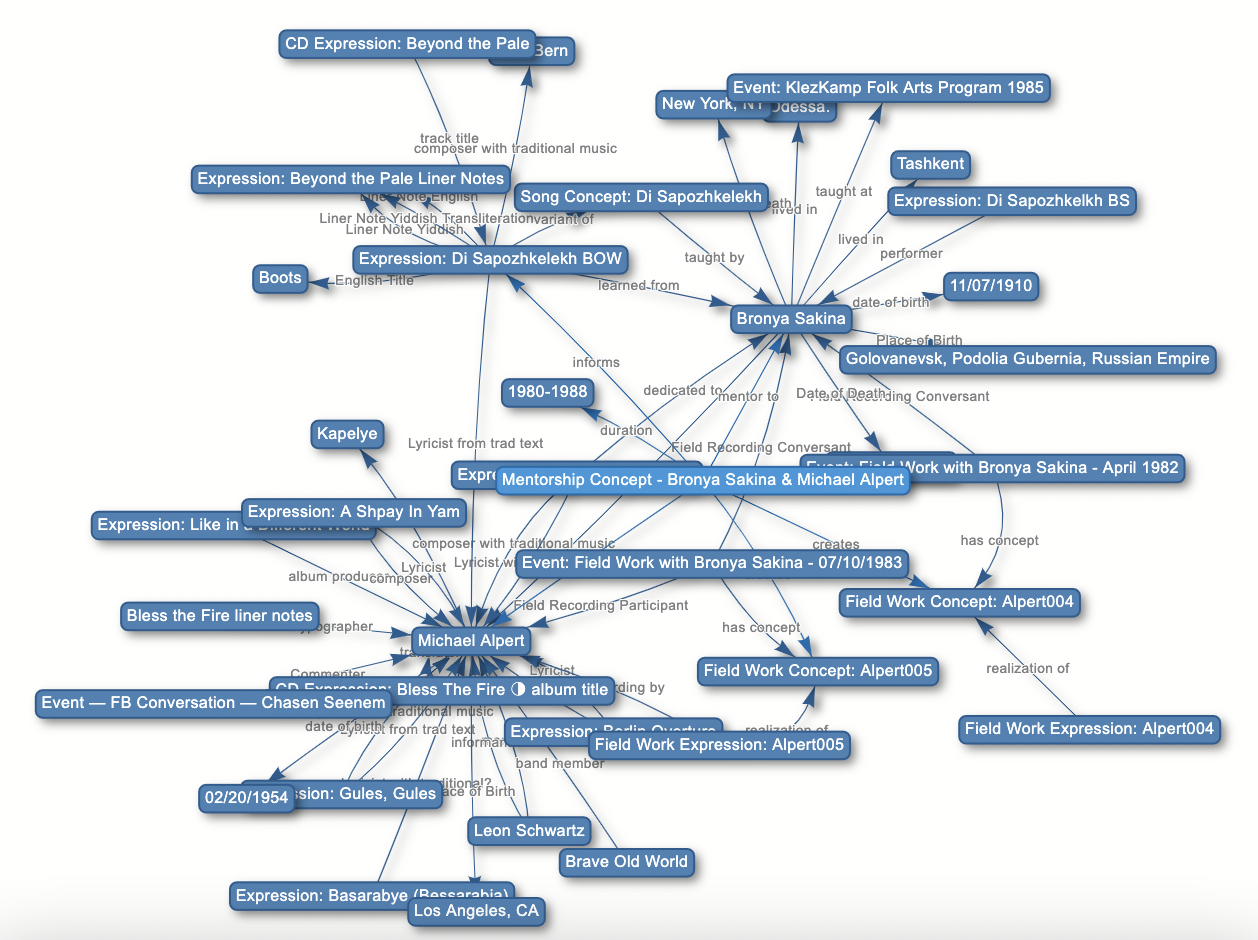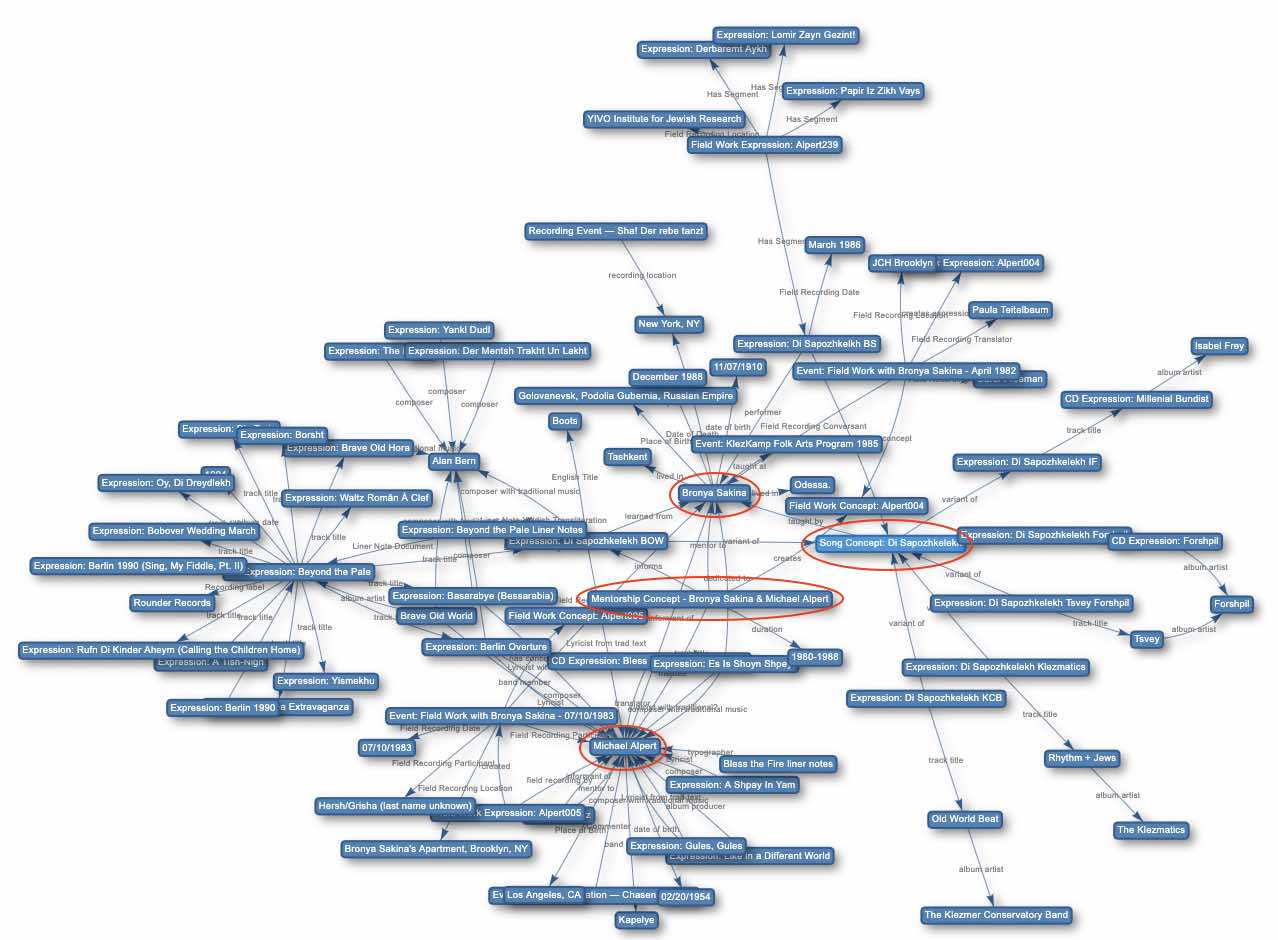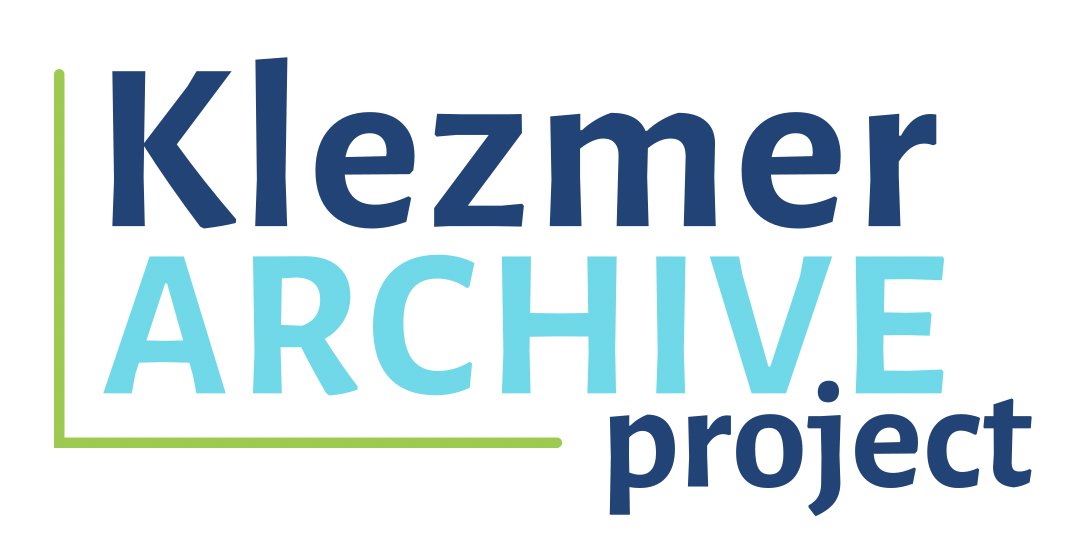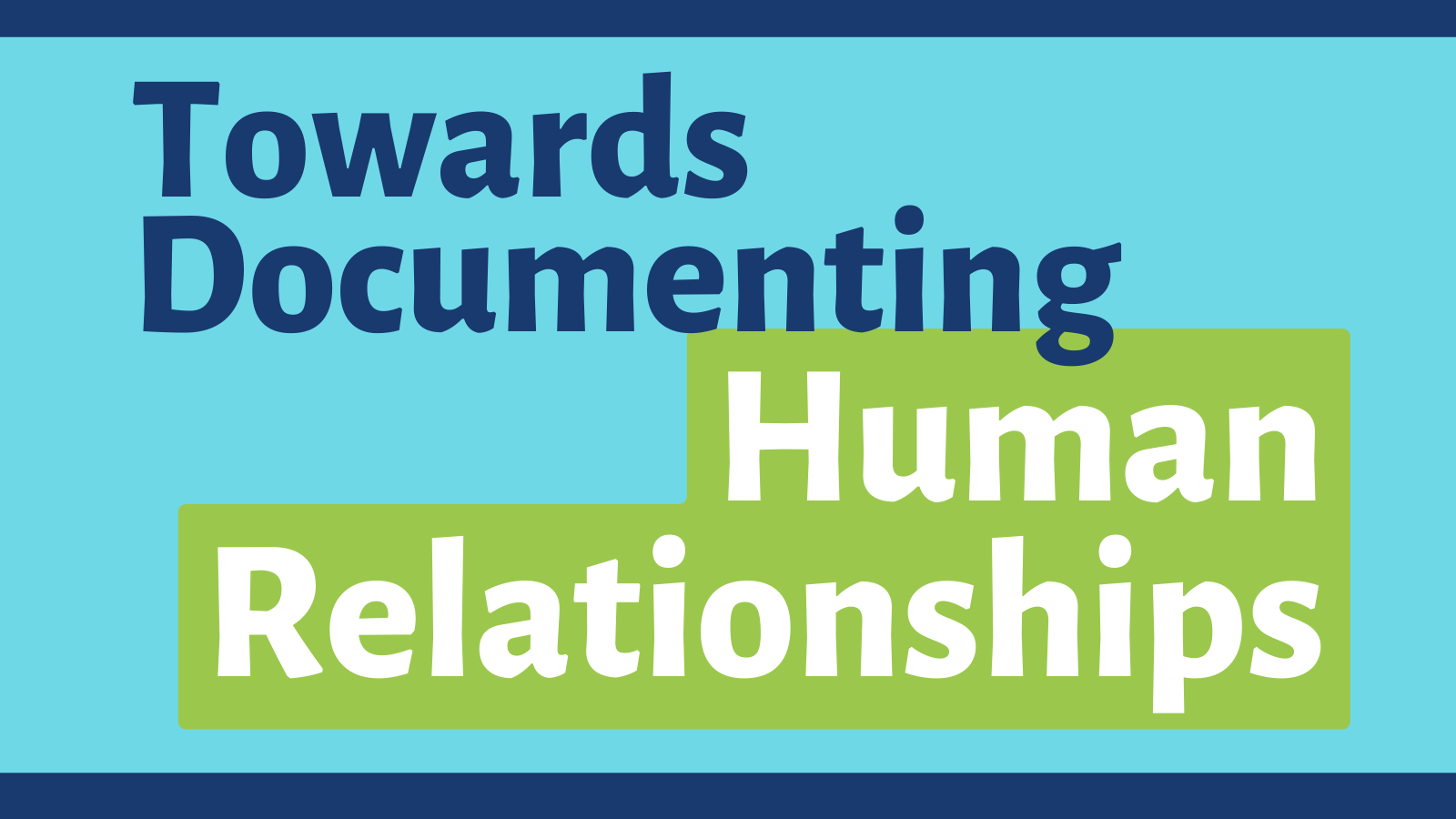“A song is the past, present, and future, because all that is life is in these songs. Right now my songs are the present, but they are the future as well - your future. Your children will also sing these songs, and you’ll tell them that once there was an Aunt Bronya, and she sang songs like this!” - Bronya Sakina
As part of my internship work at the Center for Traditional Music and Dance, I had the honor of digitizing the field recordings of 2015 NEA National Heritage Fellow Michael Alpert— renowned Yiddish singer, multi-instrumentalist, dancer, and researcher. Having an intimate knowledge of his work, I was interested in seeing it mapped out in Networker. His work is a perfect example of oral transmission and exposes some key places to expand our ontology.
In March of this year, Christina and I were working towards our presentation at the Music Library Association Conference. She was fully embracing the DoReMus “triads” (Event, Work/Concept, Expression) and I was trying, with a significant amount of frustration, to do the same. In the days before this conference, I decided to run away to my friend’s ranch near Carrizozo, NM to have some isolation to focus on prepping for this presentation (and making some music). So I went into town for some internet and to call Christina to explain that I just didn’t see why we have to set up this triad for each item we were testing in the Networker. Besides, doing so wasn’t accomplishing one of the things that I felt was most important when working with the Alpert material—modeling the relationships between Michael and the people who are sharing cultural knowledge with him on the field recordings. So there, sitting in the New Mexico sun listening to Christina patiently explain to me again the purpose of the DoReMus triads, I finally realized that maybe the work/concept could move beyond the music or item we’re discussing and be applied to human relationships. (Some folks up the street later came over and told me that it was fun to watch me on the call, because I was so animated…in case anyone doubted how wildly exciting metadata ontologies are!)
Let’s take a look at a specific song that was learned from Bronya Sakina and now is performed regularly by singers around the world, Di Sapozhkelekh. This song is found on Alpert239 Bronya Sakina, YIVO Institute, Side A. The band Brave Old World, of which Michael is a founding member, also recorded the track on their album Beyond the Pale, and performed it in numerous concerts in North America, Europe and Israel, especially in the 1980s-2000s. In the liner notes Michael says “I learned this song in Bronya Sakina’s kitchen.” We can therefore connect Expression: “Di Sapozhkelekh BOW” to Bronya directly, but what it doesn’t demonstrate well is the quality of the relationship that transmitted this tune. “Learned from” can mean from a recording or a manuscript without a direct connection to the person. And what we don’t really get from this is the sense that when Michael says he learned it in Bronya’s kitchen, he spent countless hours with her in that kitchen over a number of years. So, how can we represent this quality of the human to human relationship using the DoReMus framework?
We can create a “Relationship Concept,” in this instance a “Mentorship Concept,” which connects to the concepts that include both Bronya and Michael (for example the Alpert004 and Alpert005 field work concepts here, which are arbitrary but distinguishing labels for a specific cassette tape that can contain specific metadata about that item) AND to expressions that are informed by the relationship. Therefore, via connection to the field work concepts we have events (and duration of the relationship) and expressions.
(Image from experiment in Infoloom’s Networker.)

The human relationship concept allows people to be connected in the data in a way that more accurately reflects how cultural knowledge is exchanged—through mentorships, within families, between bandmates, via private lessons, etc. Human relationship concepts not only allow us to see how tunes migrate throughout the contemporary klezmer and Yiddish song community, but also recognize the importance of certain individuals as culture bearers and teachers that might otherwise be difficult to see in a graph. For example, many of the most renowned klezmer teachers have a relatively small recorded catalog. If we document only the “artifacts” (i.e. recordings, tune books, concerts, etc.) of Ashkenazic expressive culture, we may not recognize that a teacher has taught hundreds of students dozens of tunes, leading to certain tunes becoming part of the contemporary klezmer canon.
Let’s look at the Song Concept: Di Sapozhkelekh to get an idea of the proliferation of this tune. I’ve only put a handful of the dozens of commercially recorded versions in Networker so far and I have not noted human relationships throughout these expressions, but some of these are recordings from folks who likely learned it from Bronya and Michael at a KlezKamp Workshop in 1985 (the first!). Others have learned it from recordings by those folks or in workshops with them in the years following Bronya’s passing. When those relationships can be added in, it will become more possible to see how the song traveled throughout the community.
(Image from experiment in Infoloom’s Networker.)

By using human relationship concepts, we will be able to see both breadth and depth — an individual’s web of connection and the quality of the relationship. We are in the early stages of working with this concept, but are hopeful that it will be useful not only for our work, but especially for musics of oral tradition broadly and other folklore collections.
Please continue this space for posts about specific research areas, experiments, and new developments! In case you missed it, please also watch our Project Update Meeting, which is now available here.

